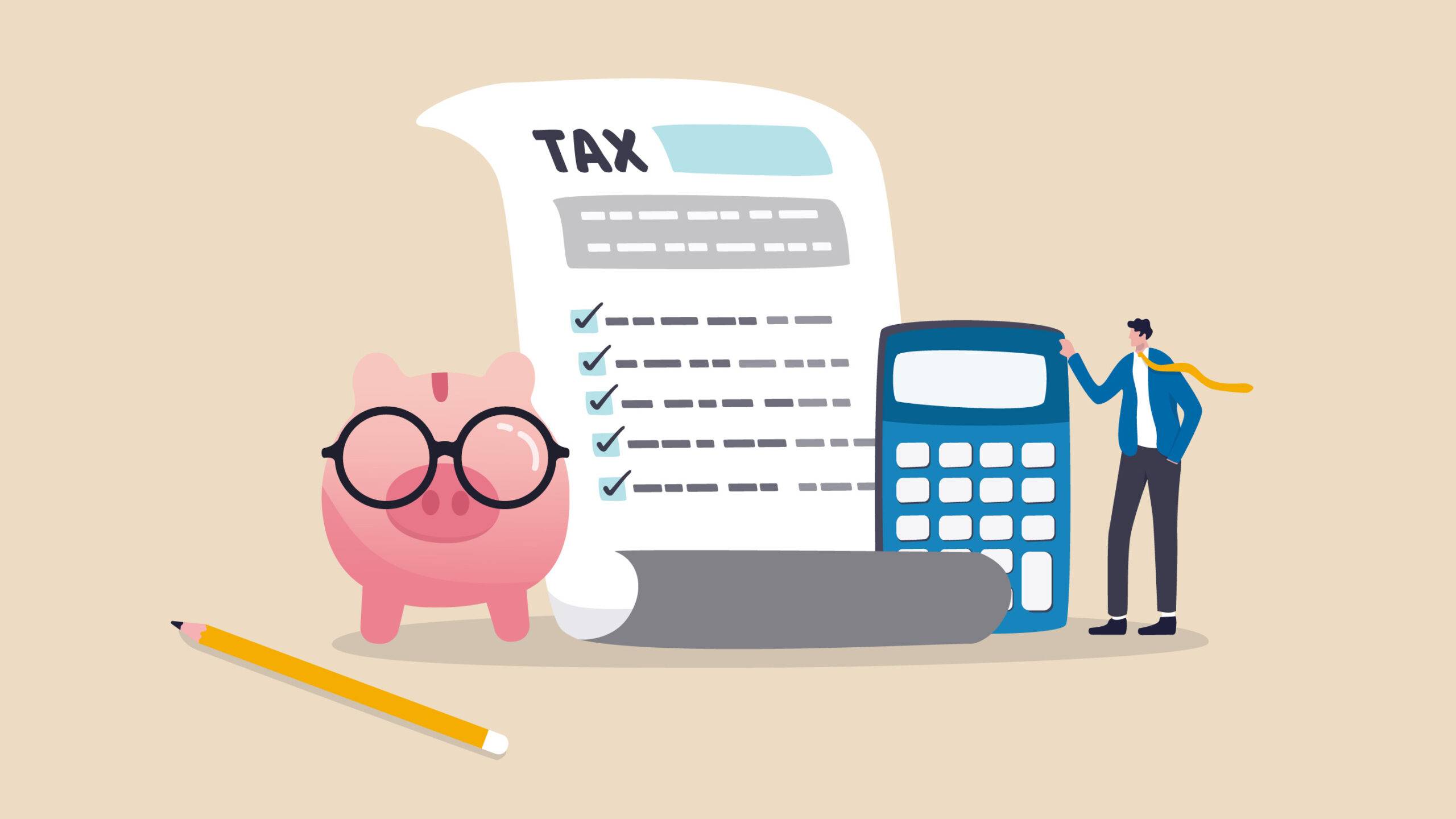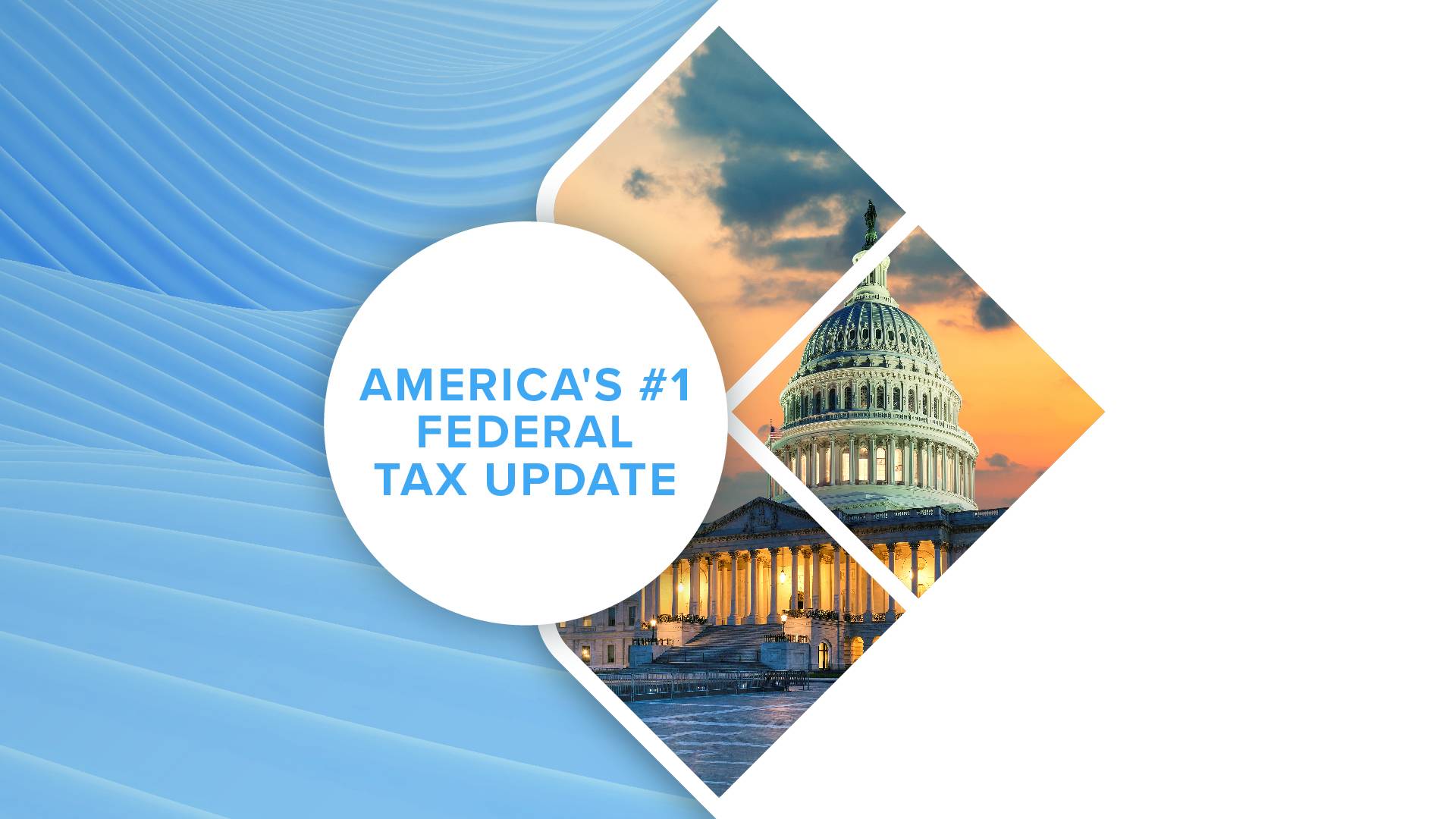Self-Study
Business Taxation
Stay informed with Business Taxation. Learn to leverage operational deductions and more for small-business owners.

$480.00 – $520.00Price range: $480.00 through $520.00
Webcasts are available for viewing Monday – Friday, 8am – 8pm ET,
and Saturday & Sunday, 10am – 6pm ET.
Without FlexCast, you must start with enough time to finish. (1 Hr/Credit)
Please fill out the form below and we will reach out as soon as possible.
CPE Credits
24 Credits: Taxes
Course Level
Overview
Format
Self-Study
Course Description
Americans who want to be their own boss are not entirely on their own. They have a rich uncle – Uncle Sam – who is there to help, as well as to make demands. The nation’s tax laws are intended to encourage people to start new businesses and are chock full of incentives and tax breaks, as well as sometimes onerous reporting requirements.
This course is a fast-paced and entertaining guide through tax issues affecting business entities and their owners. The focus of this class is on tax devices and techniques available to the small business owner. Emphasis will be given to operational deductions, fringe benefits, compensation, family income splitting, retirement plans, and estate planning.
Need Flexibility?
Purchase now, choose later. Your credits are ready whenever you find the perfect courses for you.
Learning Objectives
Learning Objectives
Chapter 1
- Recognize sole proprietorships, partnerships, LLCs, and corporations as organizational & tax formats for new and existing businesses.
- Identify how choice of entity relates to the type of records to keep, listing issues related to substantiation and documentation.
- Specify available accounting periods and methods and the methods for identifying and valuing inventory items.
Chapter 2
- Identify the various types of income and their implications, including the hidden income tax dangers of cancellation of indebtedness income, tax recoveries, and former corporate AMT.
- Specify the existing basic business and investment tax credits, naming their tax requirements and recognize the tax treatment on the disposition of business assets, including non-recognition transfers.
Chapter 3
- Recognize the importance of §162 in deducting and substantiating business expenses and costs, specify the implications of the deduction timing and limits, and recognize the treatment of net operating losses, contested tax liabilities, rent, and the use of Form 5213.
- Identify conditional sales contracts, lease acquisition costs, and true leases, and determine how to qualify for rent expense deductions including through leasehold improvements.
- Specify the various forms of interest expense under §163(a) recognizing related reporting and filing issues, and identify the distinctions between deductible and nondeductible interest.
- Recognize deductions for real estate, state, and local taxes and list the deductions for business casualties, home office use, former research and experimentation costs, barrier removal, and §195 versus §248 costs.
- Identify the various forms of tax treatment under the concepts of depreciation and amortization, including the effect on amortization of §197.
- Determine the differences between cost depletion and percentage depletion as a means of accounting for the reduction of a product’s reserves and specify the types of bad debt and their effect on accounting and the various methods for dealing with bad debt.
- Recall MACRS classifications, cite the recapture provisions and exceptions, and identify the alternative depreciation system.
Chapter 4
- Specify the common-law rules used by the IRS to determine whether a person is an employee, recognize reasonable pay, recall deposit rules for accumulated taxes and the application of employment taxes.
- Identify how excluded fringe benefits can result in more employer deductions and incentive-based compensation to employees.
- Recognize the use of deferred compensation agreements including the basic types of nonqualified deferred compensation, and the tax consequences related to these plans.
Chapter 5
- Identify the apportionment of business and personal use of an automobile, including basis limitations on trade-in, and specify the various depreciation methods such as MACRS and §179 expensing.
- Recognize personal auto leasing, its advantages and disadvantages, and the various kinds of leasing arrangements that can be used, such as closed-end or open-end leases.
- Recall the standard mileage method listing its limitations and identify the various working condition fringe benefits including their impact on the gross income of employees.
- Identify the various valuation methods used in determining the actual value of an employee’s personal use of an automobile specifying the reporting options available to the employer.
Chapter 6
- Recognize the “away from home” requirement and related deductions, specifying the tests for tax home and recognize the differences between domestic and foreign travel identifying North American area and cruise ship conventions.
- Determine what constitutes business entertainment, identify business entertainment activity disallowance including meal reduction, and specify the §274(e) exceptions.
- Recognize the necessity of expense substantiation, and determine accountable and non-accountable plans stating the impact on deductions.
Chapter 7
- Recognize the requirements and characteristics of qualified retirement plans, cite limitations imposed by ERISA, and specify the trust requirements and tests associated with these requirements, such as the ratio test and nondiscrimination compliance.
- Determine the differences between defined contribution and defined benefit plans recognizing the different types of plans and their retirement benefits.
- Identify Keogh Plans, traditional and Roth IRAs, and SIMPLE 401(k) plans by specifying their characteristics and determining how and when they may and may not be appropriate.
Chapter 8
- Recognize the benefits of company-provided insurance policies by identifying how to qualify for group term life insurance and citing the requirements of retired lives reserve funds and split-life insurance policies.
- Identify the §264 interest disallowance rule and specify the COBRA continuance of group health benefits.
Chapter 9
- Recognize the unlimited marital deduction, including the qualified terminable interest property trust and stepped-up basis, and identify the primary dispositive plans, such as simple wills, the various types of trusts, annuities, related family documents, and conservatorships.
- Specify the various special business issues related to estate planning, recognizing redemptions, gifts, buy-sell agreements, and the installment payment of the estate taxes.
Course Specifics
8202660
April 28, 2025
General understanding of federal income taxation.
None
617
Compliance Information
IRS Provider Number: 0MYXB
IRS Course Number: 0MYXB-T-02569-24-S
IRS Federal Tax Law Credits: 24
CTEC Course Number: 2071-CE-01422
CTEC Federal Tax Law Credits: 24
CFP Notice: Not all courses that qualify for CFP® credit are registered by Western CPE. If a course does not have a CFP registration number in the compliance section, the continuing education will need to be individually reported with the CFP Board. For more information on the reporting process, required documentation, processing fee, etc., contact the CFP Board. CFP Professionals must take each course in it’s entirety, the CFP Board DOES NOT accept partial credits for courses.
CTEC Notice: California Tax Education Council DOES NOT allow partial credit, course must be taken in entirety. Western CPE has been approved by the California Tax Education Council to offer continuing education courses that count as credit towards the annual “continuing education” requirement imposed by the State of California for CTEC Registered Tax Preparers. A listing of additional requirements to register as a tax preparer may be obtained by contacting CTEC at P.O. Box 2890, Sacramento, CA, 95812-2890, by phone toll-free at (877) 850-2832, or on the Internet at www.ctec.org.
Meet The Experts

Danny Santucci, BA, JD, is a prolific author of tax and financial books and articles. His legal career started with the business and litigation firm of Edwards, Edwards, and Ashton. Later he joined the Century City entertainment firm of Bushkin, Gaims, Gaines, and Jonas working for many well-known celebrities. In 1980, Danny established the law firm of Santucci, Potter, and Leanders in Irvine, California. With increasing lecture and writing commitments, Danny went into sole practice in 1995. His practice emphasizes business taxation, real estate law, and estate planning. Speaking to more than 100 groups nationally each year, he is known …
Related Courses
-
 Taxes
Taxes
2023 Federal Tax Update (Complete Edition)
Mark Seid, EA, CPA, USTCP & Sharon Kreider, CPA QAS Self-Study
Credits: 20
QAS Self-Study
Credits: 20$575.00$432.00 -
 Taxes
Taxes
Estate Tools & Trusts
Danny Santucci, JD QAS Self-Study
Credits: 2 $58.00
QAS Self-Study
Credits: 2 $58.00 -
 Taxes
Taxes
“Big Beautiful Bill” Summary of Selected Tax Provisions
Danny Santucci, JD QAS Self-Study
Credits: 4 $116.00
QAS Self-Study
Credits: 4 $116.00
